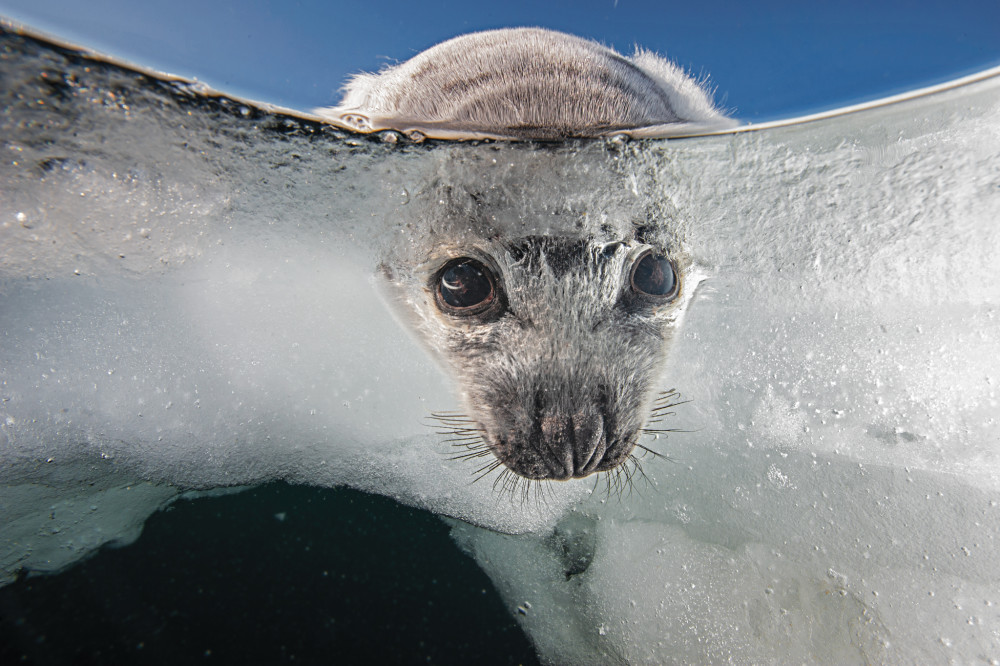La destination figure parmi les meilleures destinations au monde pour 2020 d’après le palmarès très couru de National Geographic!
Magdalen Islands, Canada
Why go now: See a beautiful but diminishing world of ice—and the harp seals that depend on it
What to know: When you walk on sea ice, it’s easy to forget that there’s an ocean below you. This frozen world is stripped down to essentials: impossibly blue sky, bright sun bouncing off a blanket of fresh snow, wind that vibrates like a cello, whiteness all around. Welcome to the harp seal nursery in the Gulf of St. Lawrence off the Magdalen Islands, Quebec, one of three Northwest Atlantic harp seal pupping grounds. Adult seals migrate here from the Arctic, the pregnant females searching for suitable ice to birth on, and males follow, eager to mate. Harp seals are an ice-obligate species; they require a stable sea platform of ice for pups to survive. The pups are born on the ice in late February and early March. The young seals are one of the most captivating creatures on the planet, with obsidian eyes, charcoal nose, and cloud-soft fur.
When to go: February–March How to go: Liveaboard boat expeditions offer the luxury of time with the harp seals above and below the sea ice; Hotel Madelinot runs small-group excursions via helicopter.
© National Geographic and Good Morning America





